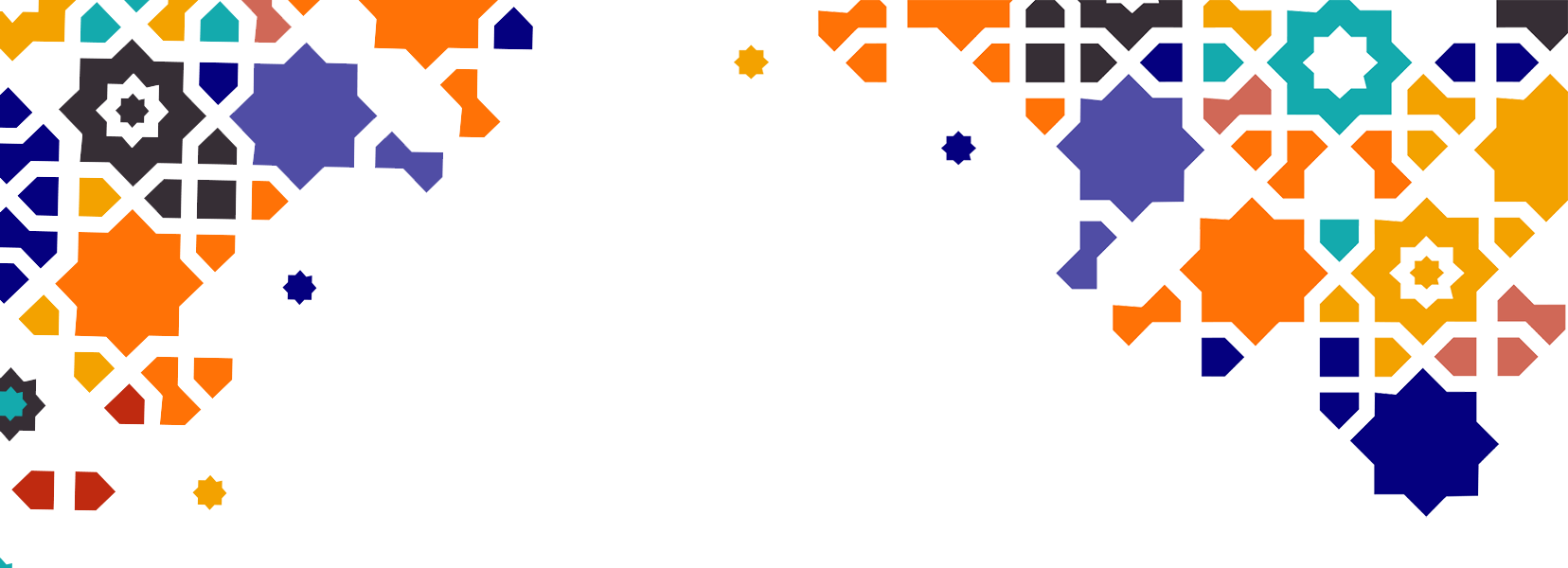
It was just an Accident: Jafar Panahi’s Masterpiece and the Fragile Ethics of a Wounded Humanity

A Cinematic Essay on Humanity and the Shadows of Violence
«It was just an accident» is far more than a simple story. It is a cinematic essay on humanity in the face of cruelty, on the dizzying ambiguity of moral judgment, and on the lasting imprint political violence leaves on collective memory. The film probes the boundaries of forgiveness, the trap of resentment, and the quiet yet unforgiving workings of memory.
At its heart, it is also a manifesto of cinema as a space of resistance—where images become vehicles for truths that censorship attempts to erase. In a country where speech is monitored and the personal becomes political, Panahi wields the camera as an ethical last line of defense, transforming each scene into an act of fragile yet enduring freedom.
A Moral Fable in the Heart of Iranian Reality
The film begins with an ordinary event: a man, his wife, and their daughter strike a dog on a darkened road. They drive on without a glance. The act appears inconsequential. Yet this initial moment of escape sets off a chain of events that nothing can stop. A broken-down car, a mechanic’s garage in the middle of nowhere, and a confrontation: the mechanic recognizes the driver as a former torturer for the regime, identifiable by an artificial leg—lost in the war “for the Supreme Leader.”
The equation is drawn: an ordinary man becomes a judge. But nothing is clear-cut. The mechanic hesitates, seeks confirmation, encounters other victims. As these back-and-forths unfold, the film becomes a meditation on justice, moral paralysis, and the remnants of humanity even within those who have suffered.
Ethics, Exposed
What makes the film so powerful is its unrelenting tension between clear guilt and the resistance to punishment. The artificial leg—a metaphor for inflicted evil, but also for national sacrifice—stands as the visible trace of a past that cannot be erased. It is the detail that exposes the tormentor.
The film asks: what should we do with pain? Is revenge truly justice? And if we punish, do we risk becoming what we fight against? In a pivotal scene, the mechanic answers the torturer’s phone and hears the cries of a young girl—his daughter—calling for help. Her mother is in danger. The audience is faced with a profound moral dilemma: the torturer is also a father. Can we destroy without becoming destroyers? Can we remember without reenacting?
Dramatic Tension as Language
Panahi is a master of dialogue. Conversations unfold slowly, naturally, with subtle intensity—never slipping into melodrama. Viewers are drawn into the moral density of each exchange, and the deliberate buildup to a question larger than any of the characters themselves.
Each glance, each minor gesture, accumulates until the breathtaking final scene—two suspended minutes that open the film into the unknown. It’s a scene likely to become one of the reference points in contemporary Iranian cinema.
Between Kiarostami and Beckett: A New Cinematic Turn
«It was just an accident» follows in the footsteps of Iranian cinema’s great moral inquiries. It echoes Abbas Kiarostami’s Taste of Cherry, while also recalling the absurdist theatricality of Samuel Beckett’s Waiting for Godot. Panahi explores the idea of waiting: waiting for justice, for truth, for punishment—or for the realization that it may all be in vain. He reframes vengeance as an almost theological question: what if the executioner is simply our mirror image?
In this waiting, revenge becomes a mirage—an echo of despair. Panahi upends audience expectations: there will be no neat resolution, no symbolic punishment, no catharsis. Only the enduring presence of doubt.
Moral Realism as Aesthetic
Panahi films with unadorned clarity. His camera captures the ordinary: plain locations, unremarkable faces, heavy silences. Yet this simplicity is infused with rare dramatic intensity. Where others might turn to allegory or poetic abstraction, Panahi stays grounded—in the dust, on the road, in barely lit expressions.
This aesthetic choice gives the film universal relevance. It doesn’t speak only to Iran, but to every society wounded by oppression, every victim confronting the temptation of retribution. Syria comes to mind—a place where former perpetrators are now fragile, injured, and also fathers. Panahi captures a country—but more than that, he captures the fractures of our shared humanity.
A Lesson in Cinema and Conscience
«It was just an accident» is a meditation on evil, memory, and the challenge of moral judgment. It is not a film about reconciliation—nor about forgetting. It is a film about the impasse. And yet, within that impasse, a narrow window appears: the possibility of restraint, a glimmer of doubt, a flicker of moral renewal.
Here, Panahi’s cinema reaches a new maturity. With formal restraint, narrative density, and deep attention to every gesture, he offers an antidote to an era obsessed with spectacle. He reminds us that the greatest stories are not those that explain, but those that allow us to reflect.
«It was just an accident» is not just a film—it is a mirror held up to our choices, our hesitations, and our capacity to resist answering violence with violence. It is a call back to moral clarity, to the dignity of doubt, and to the urgency of standing for our shared humanity.
With this work, Panahi extends the Iranian cinematic tradition that seamlessly ties ethics to the everyday, and the personal to the political. He offers a silent manifesto—a human-scaled interrogation of the world, where every silence matters, every gesture questions, and every glance resists.

